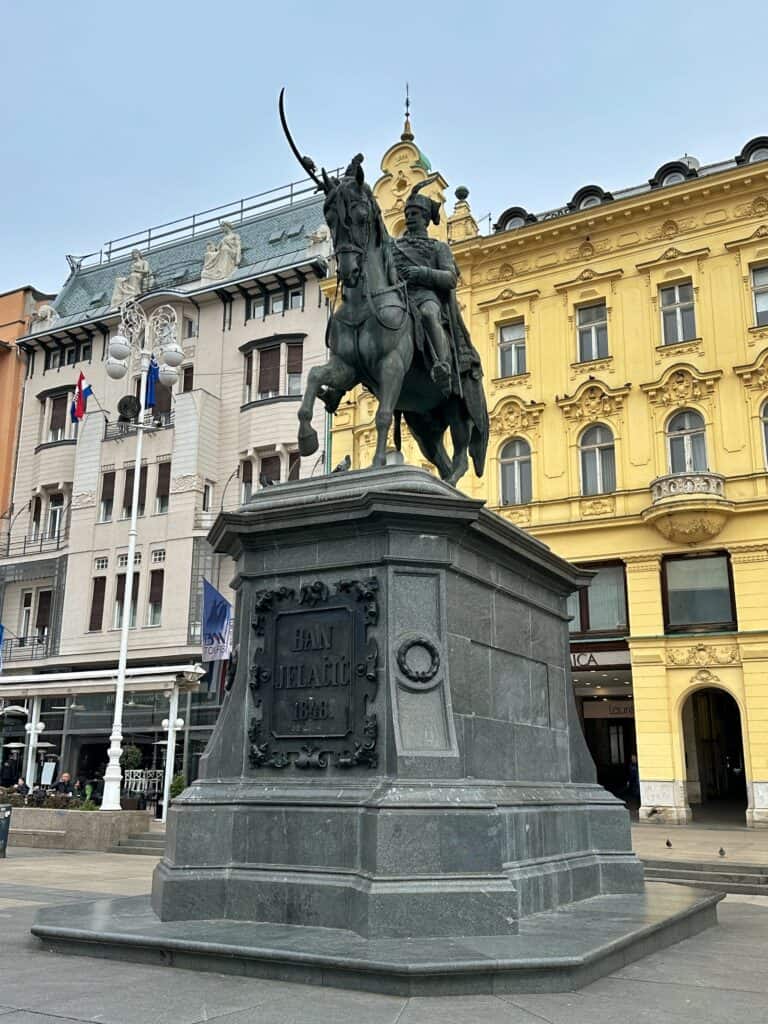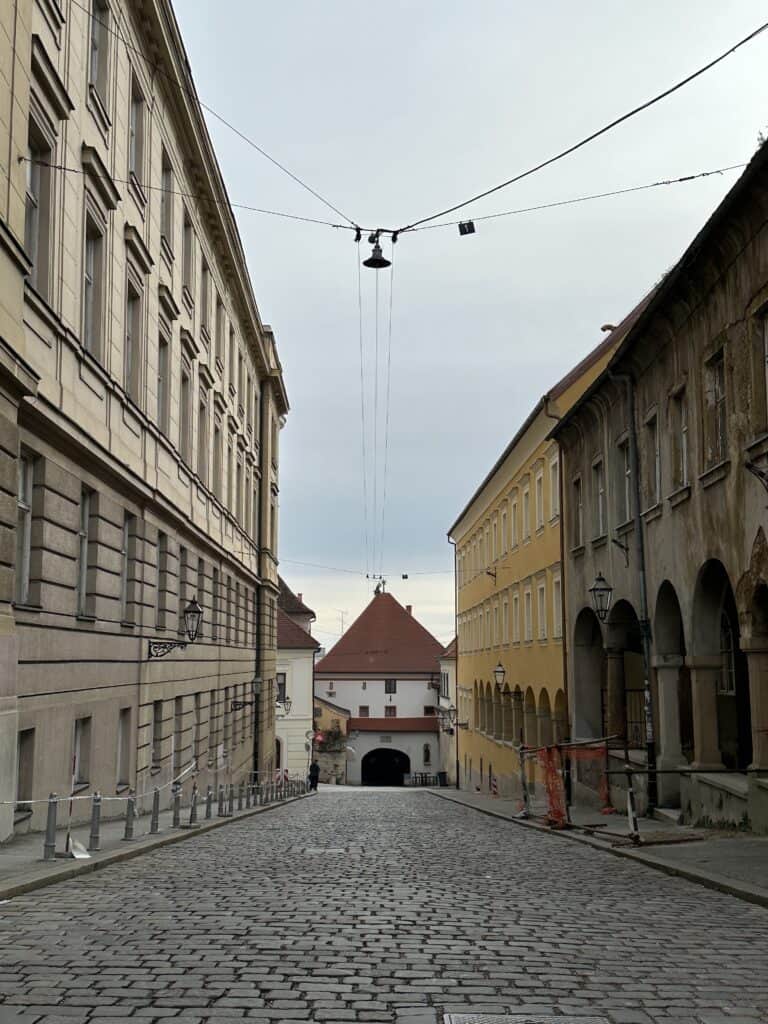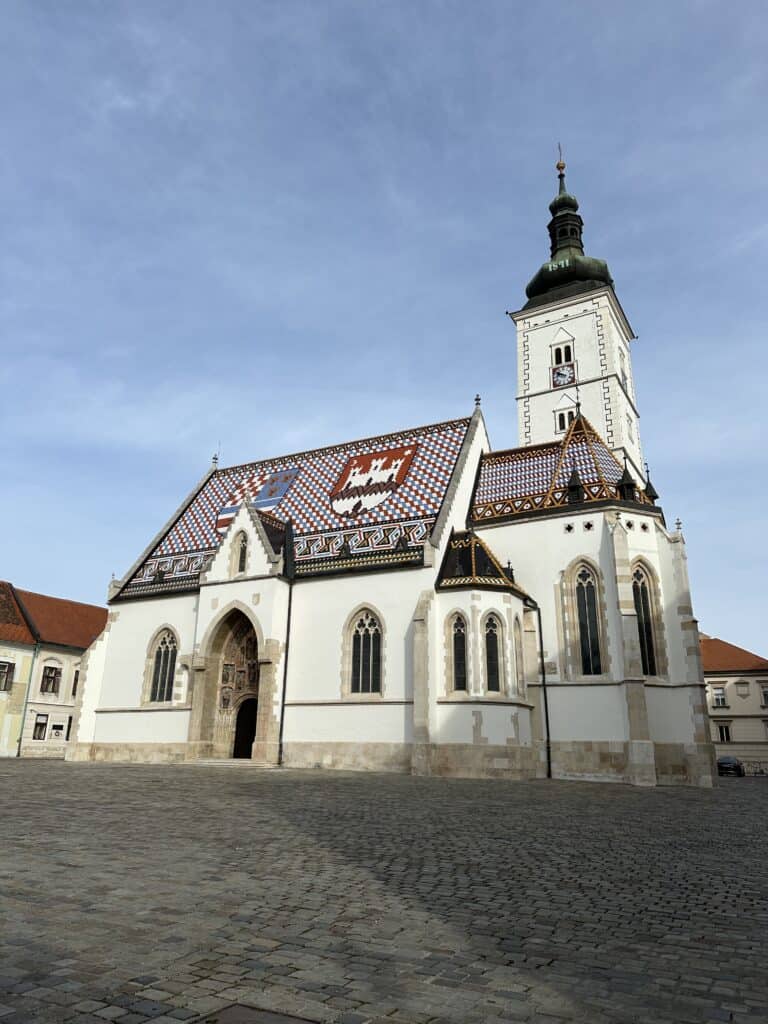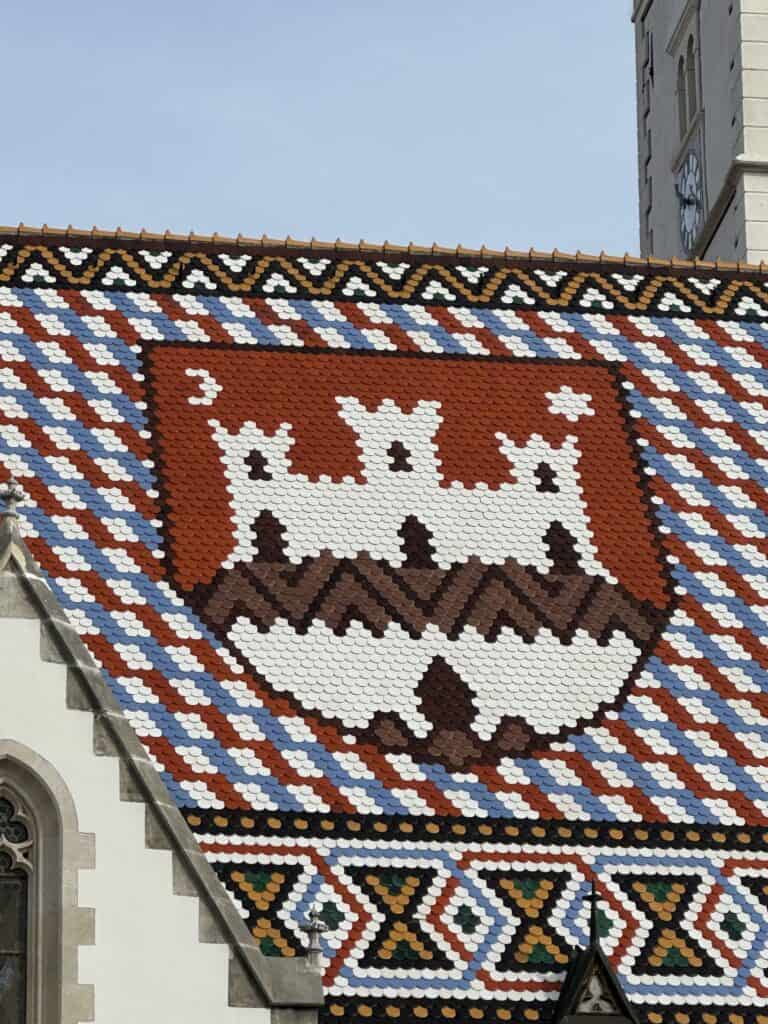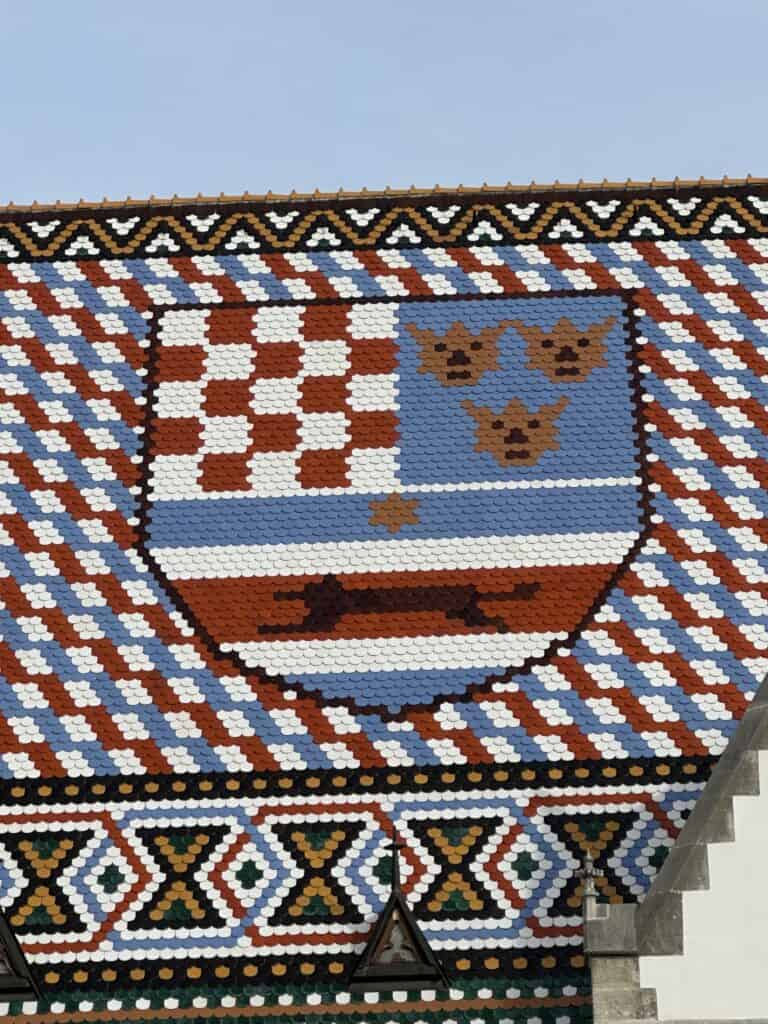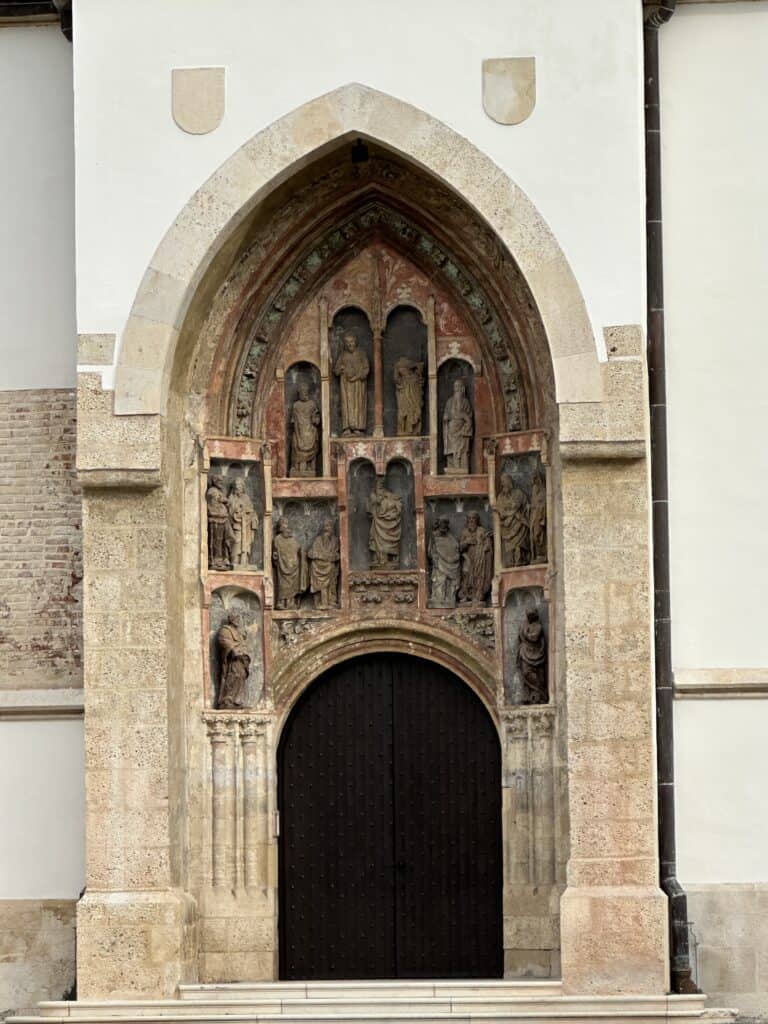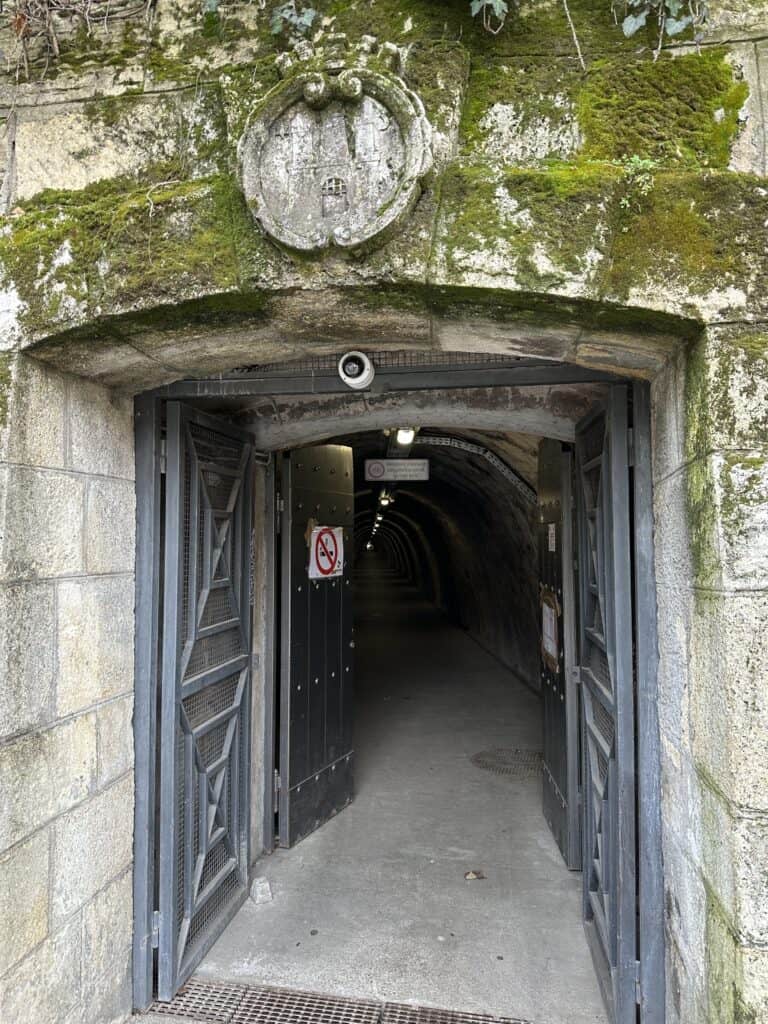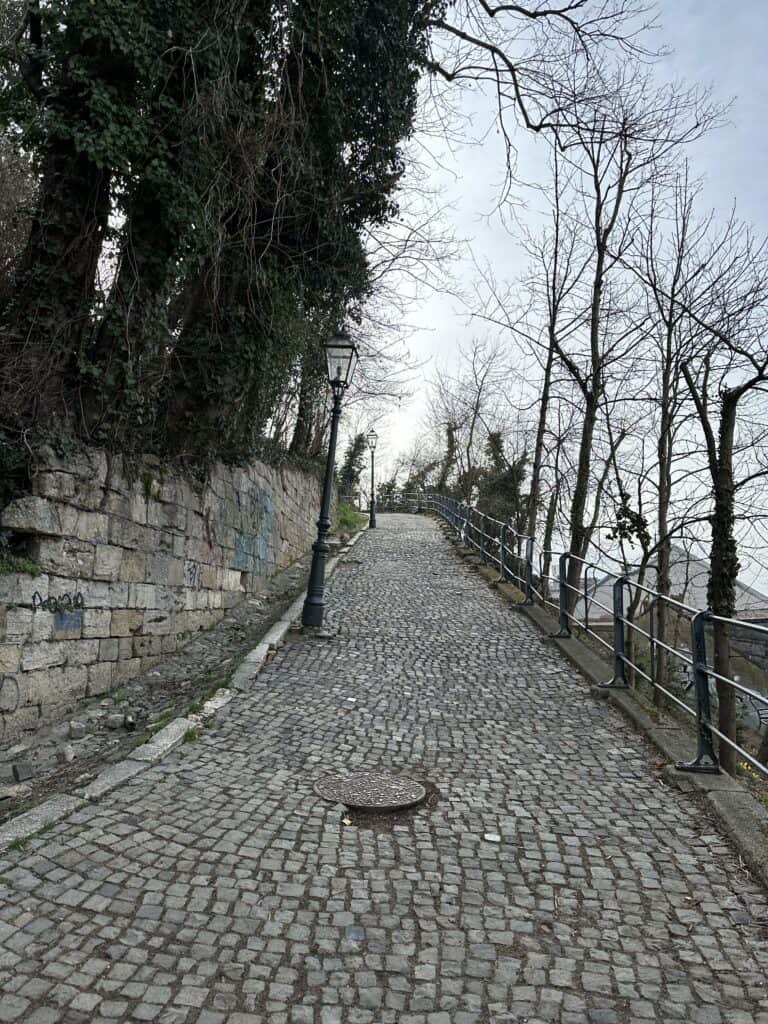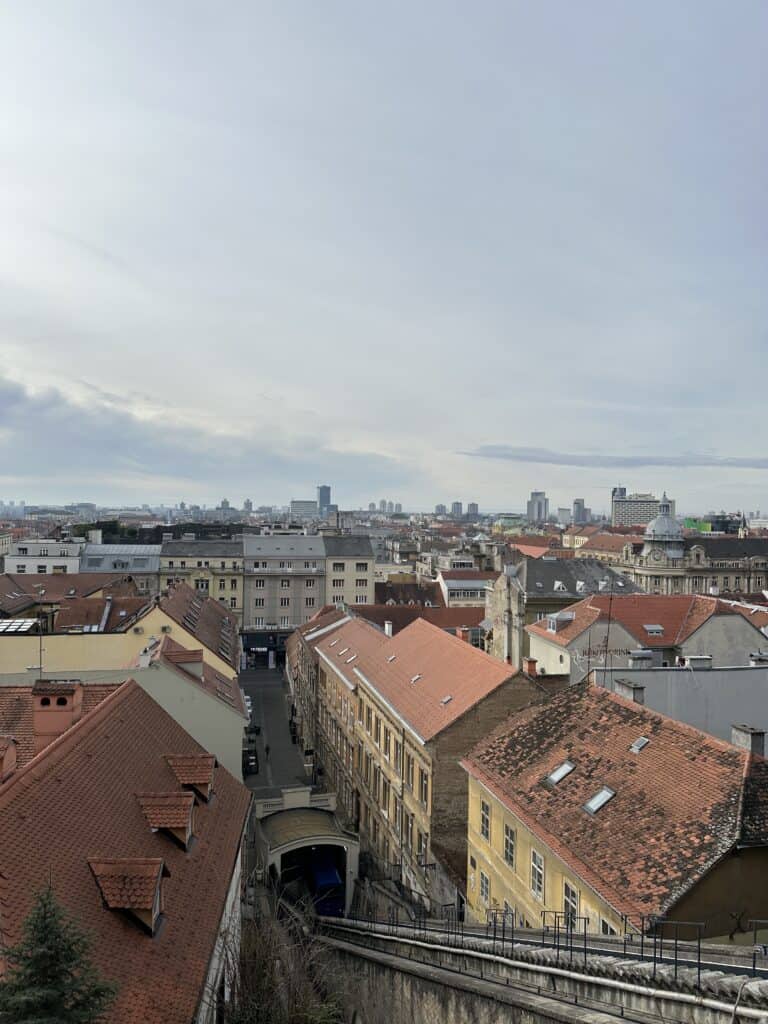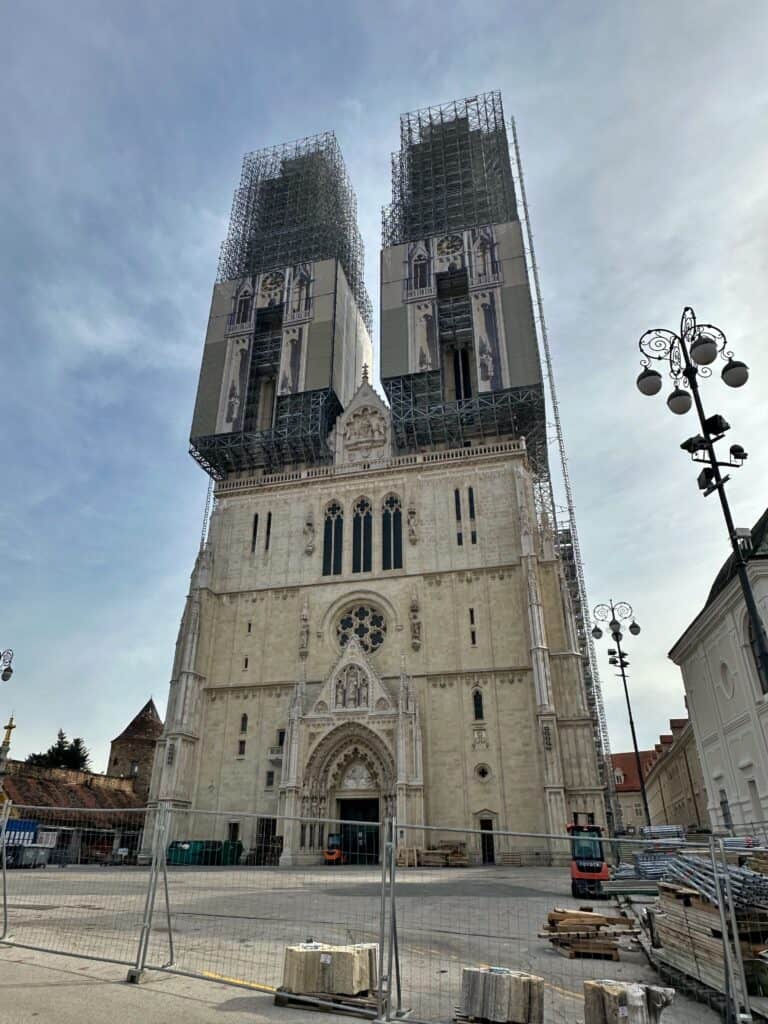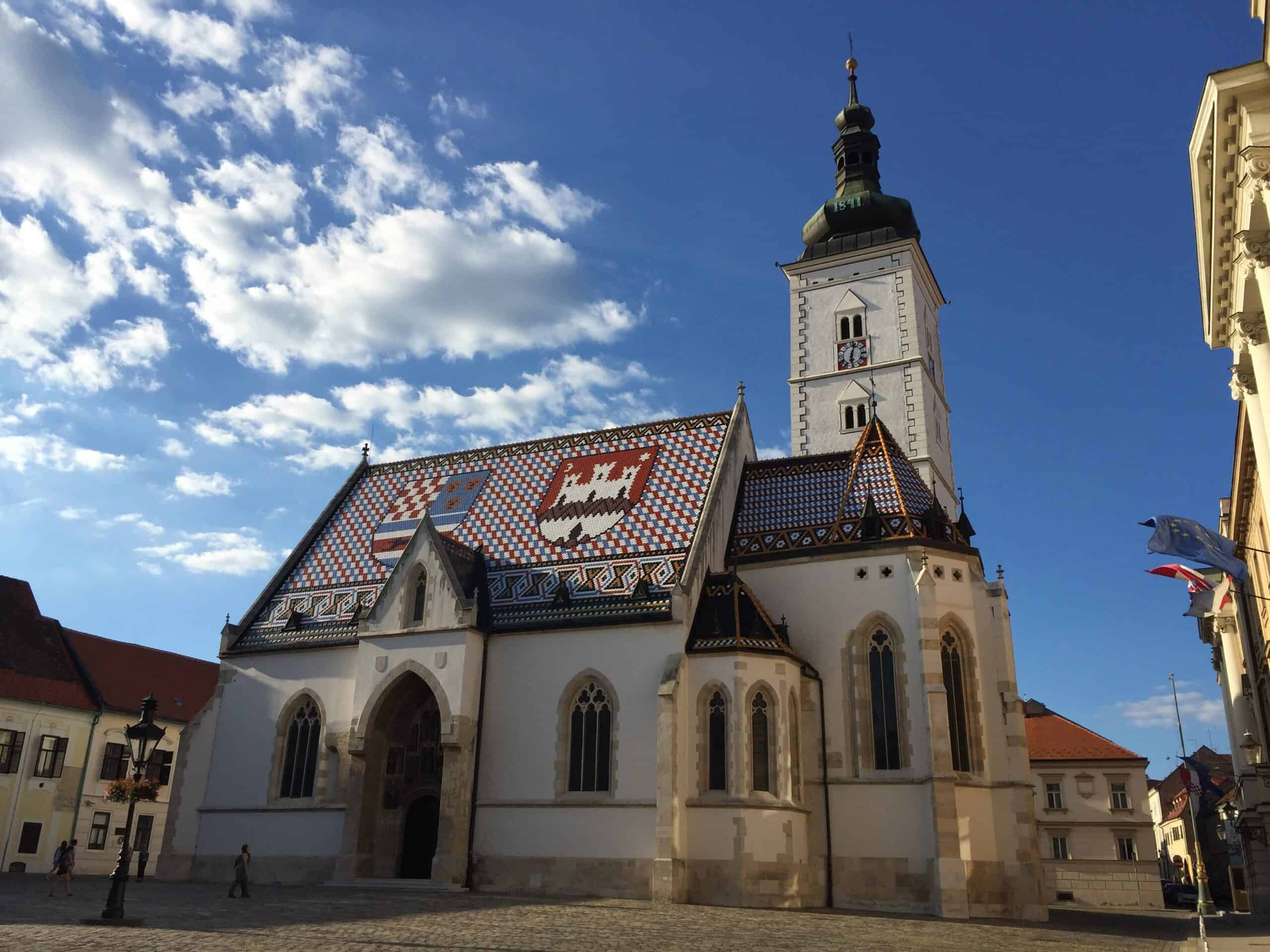
Zagreb is the capital of Croatia. In addition to being the largest city in the country, it is the cultural, scientific, religious, political and administrative centre of the Republic of Croatia, a crossroads for international communication routes.
It stretches between Mount Medvednica to the north (which protects it from cold winter winds) and the Sava River to the south with its spacious plain.
Zagreb is home to almost 1/4 of the total population of Croatia. Over the centuries, it has been inhabited by people from all over Europe, whose integration guarantees a rich and colourful cultural life and a tumultuous and exciting historical past. It reflects in the architecture of the city but also in the particular atmosphere that reigns.
Zagreb is divided into the Upper Town (Gornji Grad) and the Lower Town (Donji Grad).
The Upper Town is formed by the buildings built on two Gradec or Gric hills, once inhabited by the nobility and the bourgeoisie and Kaptol, where the seat of the episcopate stood: once the two “cities” were crossed by the Medvescak stream, subsequently drained with the construction of Ulica Krvavi Most and Tkalciceva Ulica where today there are cafes, bars and restaurants frequented mainly by young people.
You can find Trg (Square) Ban JosipaJelacica, the city’s heart, today primarily pedestrianized and dedicated to cultural events in the Upper Town. In the centre of the square is the statue of Ban (viceroy) Josip Jelacic, one of the fathers of the nation, erected in 1947.
It is also worth visiting the Church of San Marco with its characteristic-coloured roof with Zagreb and the Kingdom of Croatia, Dalmatia, and Slavonia.
The plan of the Lower Town is in the shape of a horseshoe, and the streets are overlooked by buildings crowned by pinnacles, spires, turrets and decorated pediments, balconies and loggias dating back to between 1800 and 1900.
There are numerous squares in the Lower Town, including Preradovic Place, where there are bookshops, cinemas, cafes with terraces, and the flower market.

